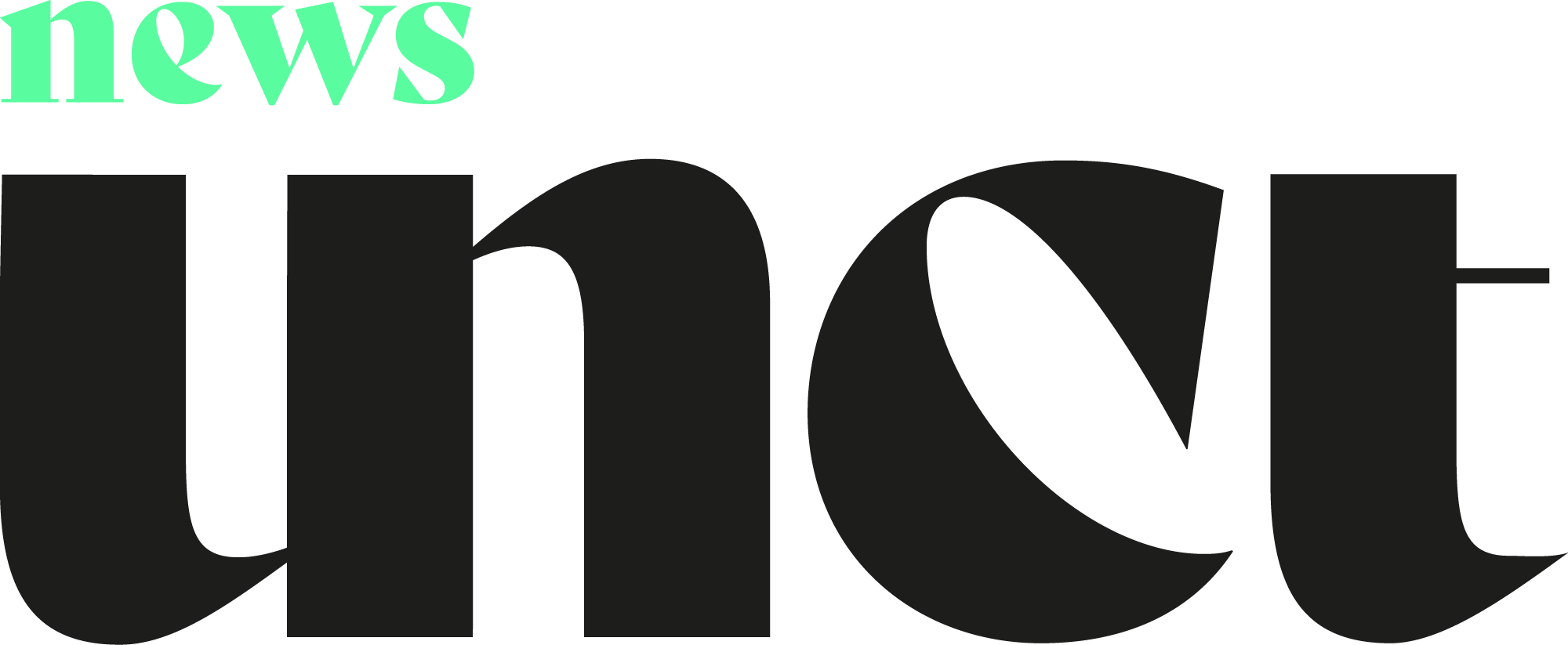For many artists to create with unrestrained creativity- is a privilege. Between gallery contracts, the heavy hand of vigilant representation, and cost of production, there is little to no room for artists to freely create. Though they try to seek refuge through idyl escapes in residency programmes, and other lands afar- the seemingly unperturbed creative process is still at the mercy of the middleman.
Artists selling works through platforms that allow transparent interaction and minimal intermediary demand, like Uncontaminated- offer up remedies to such restraint. Though all artists pass through rigorous verifications before joining the platform, founders stress the importance of allowing artists a greater level of creative autonomy.
Artists functioning within the world of NFTs are given rights to their work, that physical works would not have. The NFT allows a creator to name a rightful owner of a file, giving them the rights to present, access or resell. In this sense, they are unique works with a true and traceable provenance that always return to the artist. This, in turn, helps artists build their profiles and reputations while still reaping the financial benefits from their work.
Prior to such advancements, the art world has in a sense, pertained to a level of creative immorality. It has drained funds from artists, been exclusionary through its programmes, and representation, and the cost of production– whether done independently or through representation– remains a perpetual weight, an increased expense. Not only is this new model centrifugal to future advancements within the art world that oppose immoral advancements, but it also cultivates an encouraging environment, where the quality of art is not compromised at the hands of rule, regulation, and demand.
In the first half of 2021, the NFT market saw $2.5 billion in sales, up from just $13.7 million in the first half of 2020. NFT art markets such as Uncontaminated, that dissolve the heavy handed walls and barriers of physical galleries, agree to minimal interception of artist sales, so that artists are rightfully able to reap the benefits that the NFT market proposes. Renowned photographer, and curator in the Voice’s NFT Residency Program, views the world of NFTs as an opportunity for artists to regain an autonomy that they have for years now, been stripped of within the industry: “A borderless world, the internet, and now the ability to have an exchange of wealth through the blockchain, is a seminal moment,” says Harriman. The disintegration of walls between artists, galleries and buyers, as a result of blockchains, allows a myriad of opportunity.
Forging consistent, boarderless, and honest relationships with artists in this way, allows even greater encouragement for authentic artistic expression. Artists feel less depleted, in their autonomy and equitable return, and create works that come from a more intimate place, which in turn also benefit the collector.
In the world of NFT’, the cliche’d starving artist stigma, is fed on more than bread and bone, and eats lavishly under a redefinition of what it means to be a creator, and trade creative assets, without being gobbled by the gut of an otherwise greedy world.

